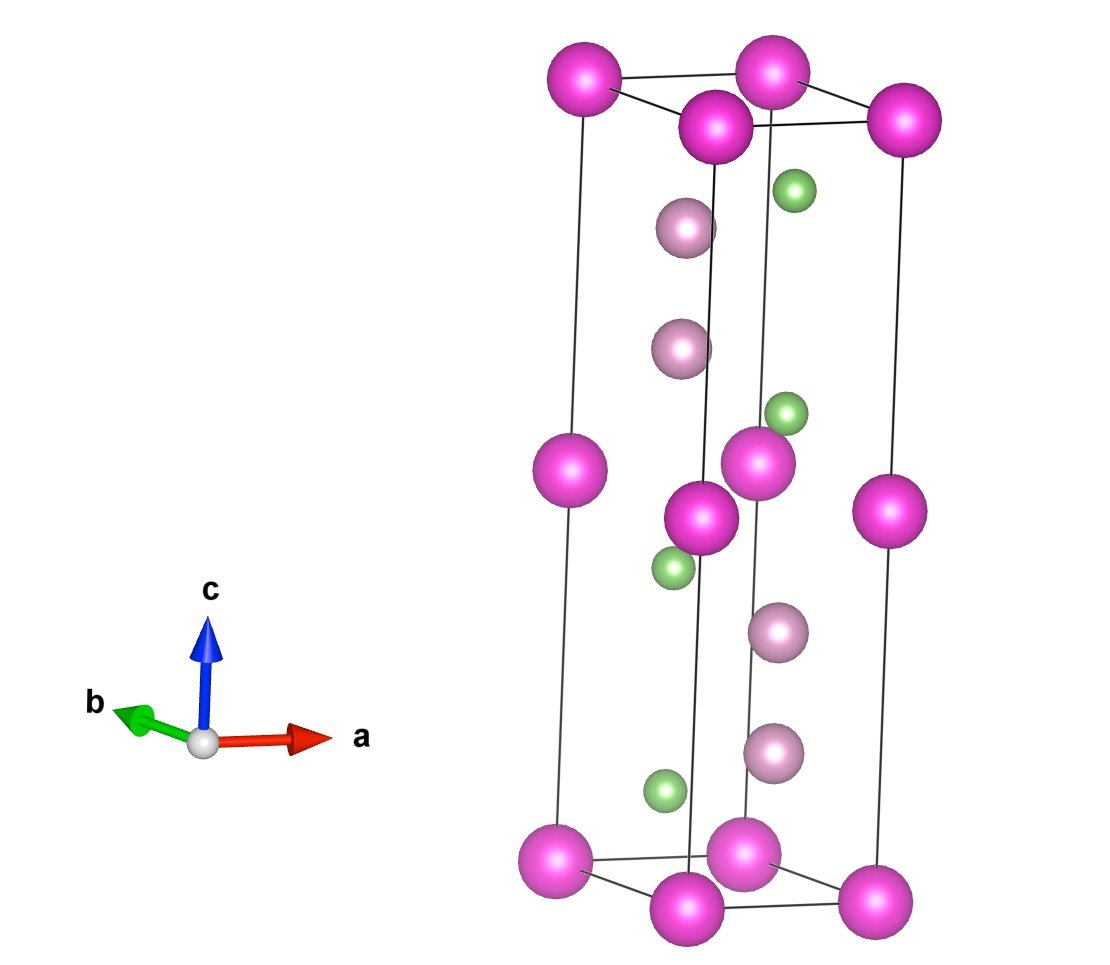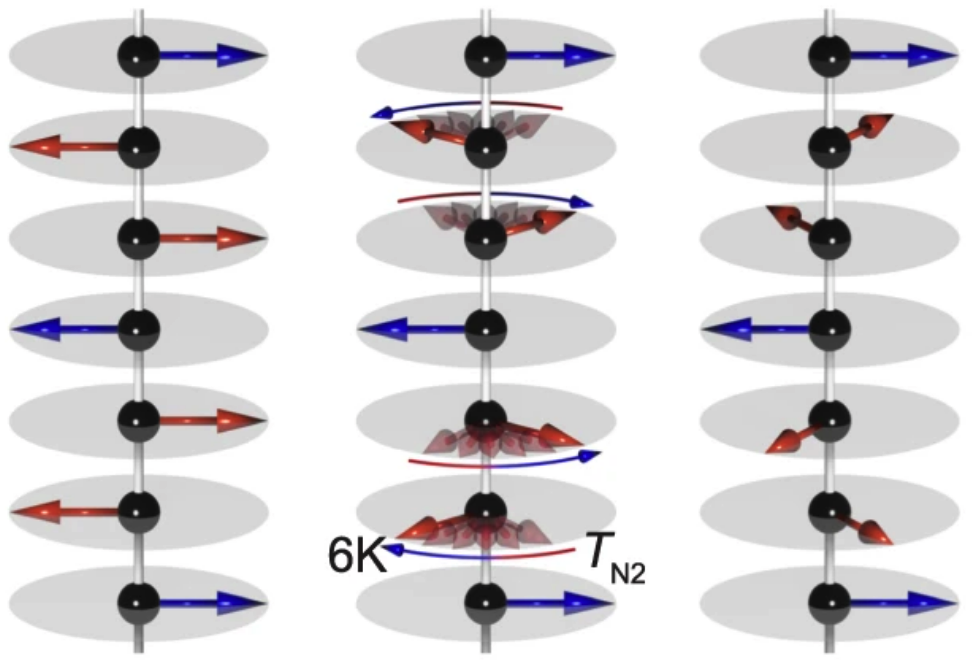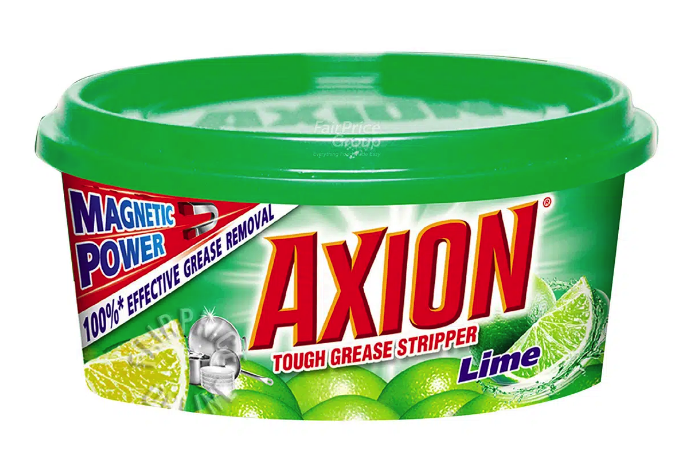Magnetic order in an axion insulator candidate
Understanding unconventional magnetic order in a candidate axion insulator by resonant elastic x-ray scattering
Jian-Rui Soh, Alessandro Bombardi, Frédéric Mila, Marein C. Rahn, Dharmalingam Prabhakaran, Sonia Francoual, Henrik M. Rønnow & Andrew T. Boothroyd
Nature Communications 14, 3387 (2023)
We congratulate our friend and collaborator Dr. Jian-Rui Soh of the École Polytechnique Fédérale de Lausanne on completing his study of the material EuIn2As2 and publishing the results in Nature Communications.
EuIn2As2 is a member of an interesting group of materials that combine the potential for topologically non-trivial electronic band structure with the large magnetic moments of divalent europium. The special interest in the electronic structure of EuIn2As2 is that its charge carriers may behave as “axions”.
These are hypothetical particles postulated in high energy physics and named by Nobel laureate Frank Wilczek after a brand of dishwashing liquid marketed by Colgate-Palmolive in Asia and Latin America (the pun being that the axion could remove a stain on quantum chromodynamics, the charge-conjugation/parity symmetry problem). It would be an amazing result if fundamental questions on the Standard Model of particle physics could be studied in the form of an exotic quasiparticle in a real material.




To discuss the relevance of EuIn2As2, it is an important prerequisite to know not only the topology of its electronic structure but also the symmetries broken by its magnetic order. In the new paper, Jian-Rui reports how he used resonant elastic x-ray scattering (REXS*) to clarify the unusual helical-like magnetic structures that occur in this material.
Ultimately, Jian-Rui reports good news: He finds that the periodicity of the magnetic arrangments “snaps onto” that of the crystal structure. This commensurate character is an important prerequisite for axions. In any case, our quasiparticle axions seem to be just as elusive as their quantumchromodynamic cousins. Some certainty on the magnetic order is just the first step in the hunt for direct experimental evidence.
(*) we are credited as co-authors because we used the P09 instrument at the DESY to provide some supporting measurements of the REXS temperature dependence.
.
